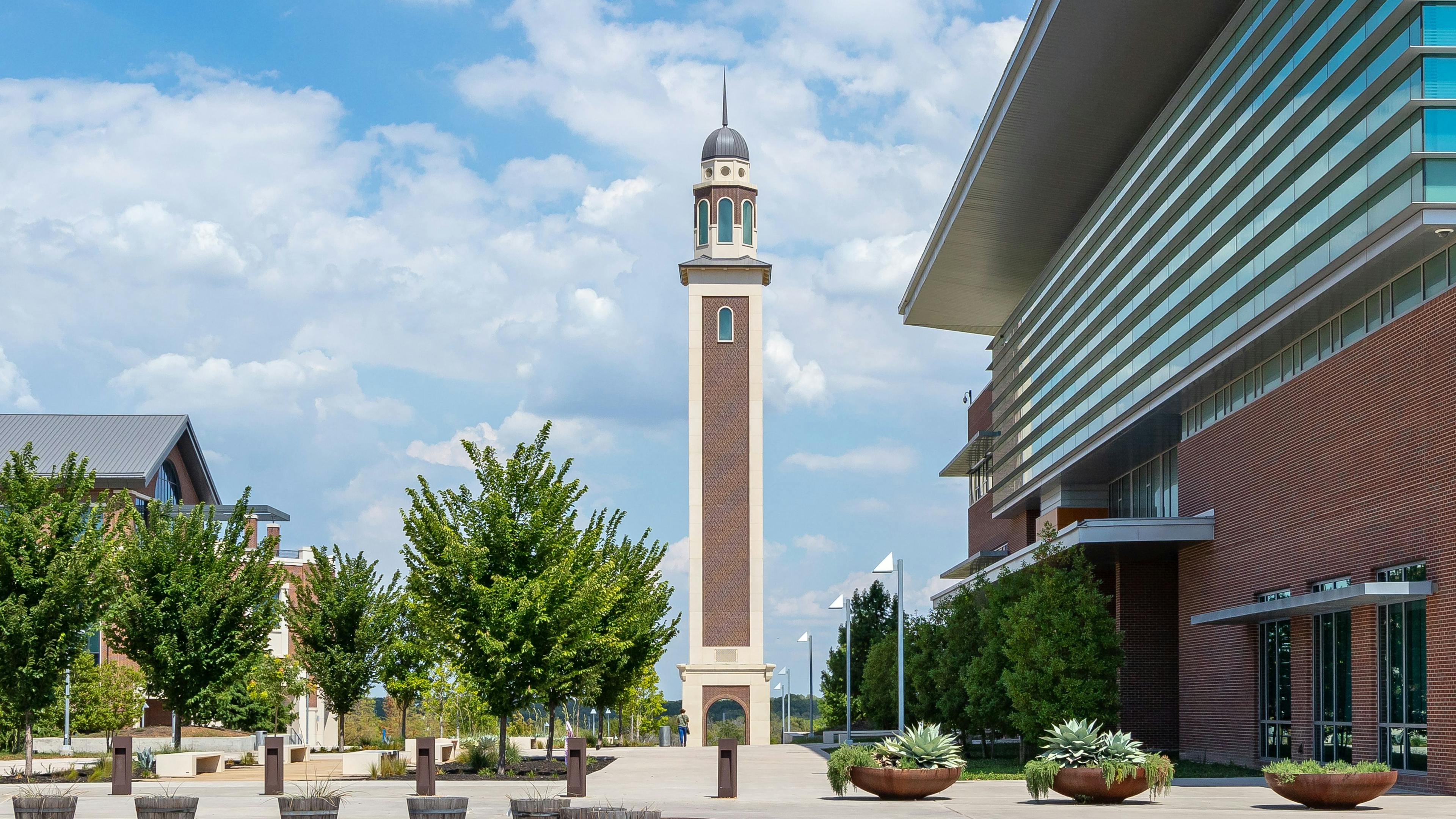
Leverage Skills and Resources in a Project’s Community
When developers first start working on a project, their primary focus is typically on the challenges presented by the particular community where the project is sited. These are often important hurdles that can impact the project—they can include zoning laws, environmental considerations and unsupportive residents, to name a few.
While these challenges can be all-consuming at the start of a new project, it’s also critical that developers focus on the benefits that a community can provide. No matter the city or town a project is in, there will always be local skills and resources that can help make it a success. Tapping into the local workforce and local knowledge can provide an effective and efficient route to getting construction done while building goodwill and strengthening relationships with the community. This will support short-term progress on the project and will set contractors up for a long-term relationship with the community.
Here are three key strategies for tapping into and benefiting from the skills and resources present in a project's community.
Get to know the community
This first strategy may seem straightforward, but it's one that many developers gloss over. Contractors should always take the time to deeply understand the community they’re working in. This should be done early on, in the discovery phase of a project. Begin by building relationships with community leaders—people like public servants, business owners, nonprofit directors, community organizers, educators and others. Contractors can uncover the right contacts through networking, desk research or simply reading the local newspaper. But don’t stop there—the next step is spending quality time in the community. Visit popular businesses, strike up conversations and set up a table downtown. Ask questions and listen intently, and contractors will be surprised how quickly they learn exactly what resources the community has to offer.
Work as partners
Don’t be extractive. Instead, contractors should work as partners and invest in the community that they’re building in. For example, if a pipeline for hiring experienced carpenters and other tradespeople is absent, then help to build one. Set trainings, apprenticeships, hiring fairs and other tools in motion. By doing this, contractors are not just investing in the community—they’re also investing in their next project in the community.
Don’t overpromise
As contractors assess a community’s skills and resources and develop a project plan, always be transparent and realistic. It’s essential to be honest about the capacity of a project to engage local workers. If a contractor overpromises, it will hinder its own plans. Worse, it will seriously jeopardize its relationship with the community. Promising jobs, and then failing to deliver on them, creates a dynamic of resentment and distrust. This will mar the current project and may scuttle any future ones.
Local hiring can be one of the most powerful tools at a developer’s disposal. It equips the firm with valuable skills and local knowledge. It boosts a community’s job market and economy. And in the long-term, it creates a robust platform for future development and construction. These benefits compound when coupled with a robust community engagement strategy. As contractors begin the next project, they should ensure they’re taking the time to fully understand and maximize the depth of resources available right in the project’s backyard.
Related stories








